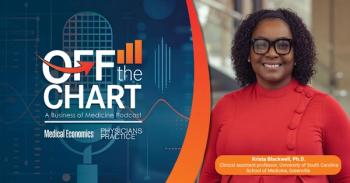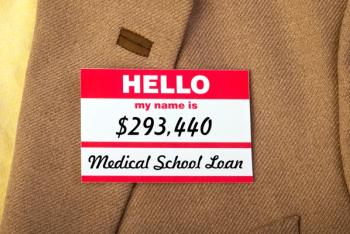
Planning for required distributions in retirement
Key Takeaways
- Contributing to retirement accounts during high-earning years allows for tax-deferred growth, with distributions taxed at a lower rate in retirement.
- Required Minimum Distributions (RMDs) begin at age 73 or 75, depending on birth year, but can be postponed under certain conditions.
Discover strategies to optimize retirement distributions, manage RMDs, and minimize tax burdens on your IRA for a financially secure retirement.
I’d assume that almost every reader of this article participates in a retirement plan during their earning years. Indeed, the advantage of doing so is based on contributing and deducting money from your highest marginal tax bracket.Then the funds stay asset protected and can compound without taxes for decades. For most of us, when you take the funds out in retirement-you are usually in a lower tax bracket, therefore benefiting from the arbitrage of deducting (and compounding) funds in a higher bracket than the one you pay taxes in later.
We tell our physician clients that fully funding a retirement account during their working years is a bedrock of becoming wealthy for this very reason. Typically, we see most employed physicians enrolled in 401k and 403b (similar) plans, and independent physicians often add on a cash balance plan to boost savings pretax. Money contributed to retirement plans must stay there till age 59 ½ to avoid penalties in most cases.
At some point, you do have to start taking out money from your retirement plan and pay
There is one way to avoid taking RMDs for a time. It is the “working exclusion” that states you may postpone RMDs from a 401k (not an IRA) if you are still working for a business in which you are not a substantial owner. You can even move any IRA funds into your workplace 401k ahead of the time that RMDs are starting and avoid taking them even if working just part time. You must start taking RMDs in the calendar year you retire.
If you have accumulated a large amount of money in retirement funds, it is very possible to be in a higher tax bracket when RMDs kick in. This is potentially avoidable in several ways.
Many physicians have a period between retirement (or partial retirement) and the date at which they start taking RMDs. Often this may be a time when their income is the lowest it has been for a long time. This lower income (and lower tax bracket) would allow the physician to take voluntary early distributions from their retirement plan and either keep the money after tax or do a Roth conversion. If after tax, it can be invested or spent (even possibly to allow the delay of taking Social Security if this is desirable). A Roth conversion is usually a better choice, as it then allows the funds to compound tax free forever and even be inherited without a tax burden to your heirs. Also, paying the tax on a Roth conversion from other after-tax funds magnifies how much you will have in the Roth account.
For an example, consider a physician in her late 60s. Family income from all sources (could be social security, investment income, part time work, etc.) is $200,000 a year. In 2025, the 24% marginal tax bracket extends up to $394,000, meaning the physician could potentially take almost $200,000 out of their retirement plan at a probably much lower bracket than it was when the money was contributed. This will drop the amount of future RMDs as the portfolio will be smaller.
If you are charitably inclined, making contributions directly to charity from the retirement plan allows the charity to receive the entire amount and you don’t pay any taxes on the contribution. This is smarter than direct contributions from after-tax funds, since these contributions are rarely fully tax deductible. The goal here is to substitute after-tax contributions with pretax. Note that you can do this only in and after the year you turn 70½ and the funds must come from an
Rarely used, but available are “longevity annuities (QLAC)”. You may take up to $200,000 from your retirement account (making the portfolio smaller and thereby reducing the RMD) and buy one of these products. They then will guarantee a stream of income for you and a spouse at a later date (as late as 85 years old) which will be taxable then. It is a hedge against running out of money because you live longer than expected. The factors and calculations involved with these products make them unpalatable to many people, and I’ve never seen one used.But I want you to know they exist.
So, I hope this helps reduce your tax burden in retirement.Considering your options early makes good sense.
Steven Podnos MD CFP practiced pulmonary and critical care medicine in both private practice and in the Air Force reserve for forty years.He is the founder and CEO of
Newsletter
Stay informed and empowered with Medical Economics enewsletter, delivering expert insights, financial strategies, practice management tips and technology trends — tailored for today’s physicians.
















